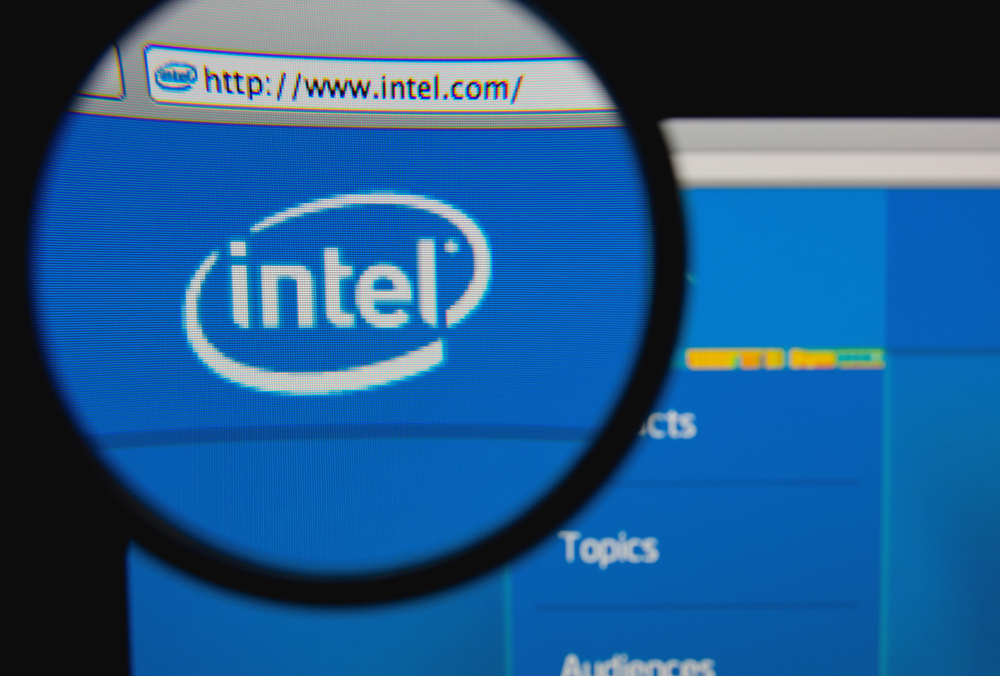

Intel has quietly revealed a change in its microprocessor development strategy as the theoretical limit to what can be achieved with silicon and copper-based CPUs fast approaches.
The chip giant quietly included the change in its annual financial statement, and it indicates the Moore’s Law approach that has driven the tech industry for the past 40 years may need to be revised.
Moore’s Law refers to the observation made by Intel co-founder Gordon Moore in 1965 which noted that as the number of components in integrated circuits was doubling every 12 months or so, each generation will bring with it double the number of transistors.
But for years now experts have been concerned that the computational capability at our disposal is increasingly limited by power requirements and the constraints on the ability to dissipate heat.
And now, Intel appears to have quietly retired its two-phase “tick-tock” development model, which it has been using since 2007, replacing it with a three-phase chip development methodology known as ‘Process, Architecture, Optimization’, the Motley Fool noticed,
That old approach allowed Intel to squeeze out performance enhancements year-after-year, thanks to better manufacturing one year and architectural improvements the next.
“In keeping with Moore’s Law, we drive a regular and predictable upgrade cycle – introducing the next generation of silicon process technology approximately every two to three years,” Intel said in its regulatory filing. “Through this cycle, we continue to push progress by designing and putting transistor innovations into high-volume production.”
However Intel admitted last July that its 10-nanometer technology would not go into production at the end of the year as expected.
“We expect to lengthen the amount of time we will utilize our 14nm and our next-generation 10nm process technologies, further optimizing our products and process technologies while meeting the yearly market cadence for product introductions,” the company said.
“Advances in our silicon technology have enabled us to continue making Moore’s Law a reality,” said Intel. “We have continued expanding on the advances anticipated by Moore’s Law by bringing new capabilities into silicon and producing new products optimized for a wider variety of applications. We expect these advances will result in a significant reduction in transistor leakage, lower active power, and an increase in transistor density to enable more smaller form factors, such as powerful, feature-rich phones and tablets with a longer battery life.”
Intel is a company that is undergoing profound changes. There is little doubt that it had been hurt financially by the morribund PC industry over the past five years, but the firm has been expanding beyond its traditional PC base for a while now.
Besides the data centre and server side, the company is also looking to the Internet of Things (IoT), as well as more obscure sectors such as drone technology.
It recently acquired German drone maker Ascending Technologies, which makes auto-pilot software.
The company has also acquired wearable device makers Basis and Recon Instruments and last August invested $60 million (£41m) in Chinese drone maker Yuneec.
Yet perhaps one of its most significant acquisitions of late has been the costly purchase of chip rival Altera for $16.7 billion (£11bn).
Do you know all about Intel? Take our quiz.
American space agency prepares for testing of Boeing's Starliner, to ensure it has two space…
As UK and Europe develop closer military ties, European Commission says it will invest €1.3…
Zuckerberg seeks to revive Facebook's original spirit, as Meta launches Facebook Friends tab, so users…
Notable development for Meta, after appeal against 2021 WhatsApp privacy fine is backed by advisor…
First sign of shake-up under new CEO Lip-Bu Tan? Three Intel board members confirm they…
Trump's nominee for SEC Chairman, Paul Atkins, has pledged a “rational, coherent, and principled approach”…
View Comments
New architectures and materials will be the future. Twenty years ago multi-core CPU's and SOC's where just coming out, now the computing power in my iPhone exceeds desktop computers from a few years ago.
New materials and CPU architectures are on the way.